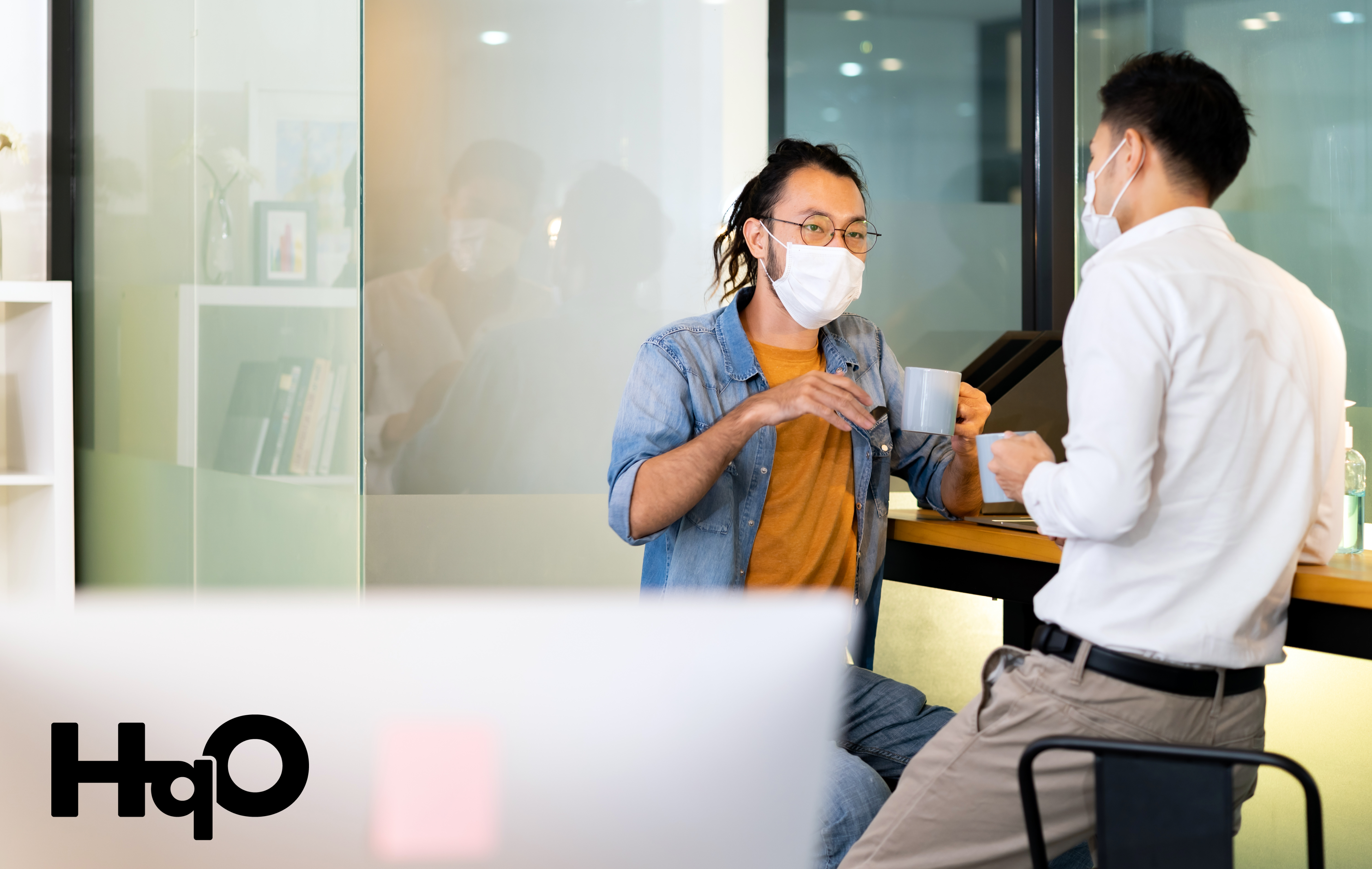My boss walked into my office, as he so often did, after navigating the long, narrow rows of desks and file cabinets that comprised the spine of our department high above the auditorium at Radio City Music Hall. His gaze was set in a far-away fog of intense frustration. We had been awarded the contract to produce the Super Bowl Halftime Show a few weeks before and he was searching for a word missing from the title of the event. His audacious plan for the show was to somehow position 88 grand pianos and more than 1,300 performers on the football field in eight frenetic minutes immediately following the first half of the game. Yes, this was in the pre-Beyonce years of halftime spectacle. At the time, Lady Gaga was just 2 years old.
“Grand…” he began musing, staring over my head, fixated on the blank beige wall behind me. “Grand Union…Grand Central Station…Grand Coulee Dam…”
“What in heaven’s name are you talking about?” I asked.
“The name of the show,” he explained. “It will have 88 grand pianos, so the name has to have the word ‘Grand’ in it. Grand Army Plaza…Grand Canyon…Grand Old Flag…you know, something ‘Grand.'”
“That’s it,” I said. “That’s the name. Something Grand.” And, instantly, the search was over and the show had a title.
That’s the power of the Art of the Casual Conversation. We routinely schedule Zoom sessions for our weekly staff meetings, project planning sessions, and as we must to grapple with tough, defined problems. Consider, though, about how often we chose to walk across the office for an impromptu drop-in on a colleague to get their seat-of-the-pants opinions, insights, and updates, or just to test market a new idea. Consider how often our teammates dropped in on us for the same purposes. For many of us, that wasn’t just daily. It happened as often as it needed to, sometimes multiple times a day, and frequently, the journey included more than one stop. How often have we learned new information and updated direction that we did not expect to receive simply by virtue of having had a casual conversation? How often have we started that exchange with “Hey, I’m glad I caught you; got a minute?,” and concluded with the phrase, “I’m glad I stopped by”?
Scheduled meetings, whether in held person or virtually, take time to organize, protracted exercises in herding cats to come up with a convenient time for everyone. Sometimes you just need an opinion, wisdom, or guidance, and you could use the help right away. Email and texting will handle simple questions and answers, but are poor substitutes for the dynamic interactivity, and the intimate, free-wheeling give-and-take of the casual conversation. Email threads are really not interactive, two-way conversations. They are question and answer periods, often separated by prolonged and discontinuous periods of time. They are often invitations to respond to a question, usually finishing with the one-word question “thoughts?”. Or, they are an opportunity to provide those thoughts in a series of responsive monologues.
In-person drop-ins for a casual conversation are not unproductive social activities. Though informal, they help with the dissemination, clarification, and gathering of information, are engines of spontaneous creativity, and serve as collaborative platforms that strengthen the bonds between the teammates in our offices. And, that’s the most efficient place for the casual conversations to unfold – in-person and at the workplace itself.
Of course, casual conversations almost always include the requisite small talk unrelated to work. Even these seemingly meaningless exchanges accrue enormous benefits to the company. According to a 2017 survey by Globoforce, a company headquartered in Ireland and the United States and specializing in workplace performance management, 89% of those surveyed believed that the quality of their relationships at work have a meaningful impact on their overall quality of life. Establishing a friendship with just one other teammate at work significantly improved their loyalty to the company and their desire to continue working at the firm. How do employees best establish those friendly collegial relationships? In person during casual conversations, quick follow-ups after staff meetings, and even at office gatherings like birthday celebrations, work anniversaries, and ice cream socials after a good financial quarter. These settings make teammates approachable to one another, breaking down silos and encouraging impromptu casual conversations about work issues when the need arises.
Certainly, many companies have been able to stay productive, or at least operational, during the Covid-19 pandemic by shifting much of the workload to computer screens in employees’ homes. When it’s safe to return to the office, however, businesses will realize the tremendous advantages of spontaneous creative collaboration, the greater clarity of communication, and the resurgence of a more spirited team-oriented atmosphere. And, they will all start with a casual conversation.
Frank Supovitz, an award-winning experience designer, producer, event organizer, and author, has played a leading role in the success of such world-class properties as the Super Bowl, the Indy 500, and the South Street Seaport in New York City. A respected global thought-leader in sports, entertainment, and facilities management, he brings more than three decades of expertise to the HqO Team as a senior consultant for Tenant Experience. Contact HqO to put our Tenant Experience team to work for you.



